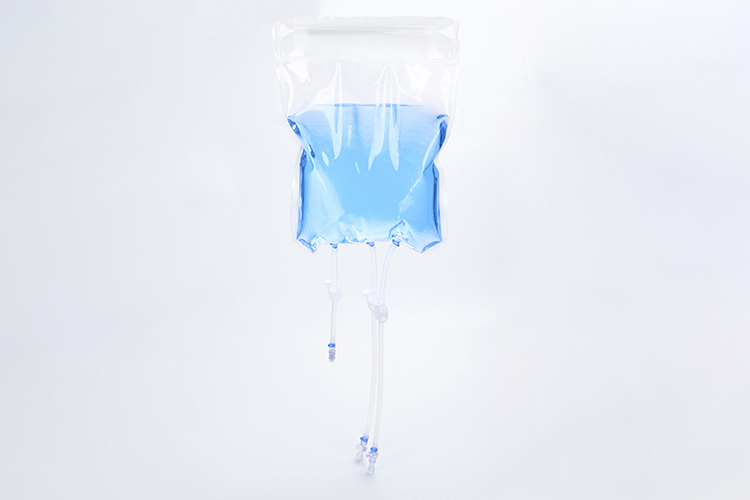Analysis of Core Features
Thanks to their diverse materials and special designs, flexible aseptic isolation bags play a crucial role in industries such as pharmaceuticals, food, and chemicals. Their core features are mainly reflected in the following aspects:
1. Material Diversity and Compatibility
Flexible aseptic isolation bags can be made from various materials such as polyethylene (PE), polypropylene (PP), nylon (NY), and polyester (PET). For example, low - density polyethylene (LDPE), with its light weight and strong chemical resistance, is the preferred choice for aseptic packaging of pharmaceuticals. Nylon materials, due to their high strength and wear resistance, are widely used for the sealed transportation of solid drugs. The differentiated selection of materials can meet the requirements of different scenarios in terms of barrier properties, high - temperature resistance, and light transmittance.
2. Multi - layer Composite Structure Ensures Aseptic Performance
This type of packaging usually adopts a multi - layer composite process. The outer layer is made of materials that are heat - resistant and resistant to mechanical impact, the middle layer enhances barrier and light - shielding properties, and the inner layer ensures safe contact with the product. Through heat - sealing or radiation sterilization technology, the bag can achieve a completely sealed and aseptic state, effectively isolating external pollutants and ensuring the safety of the contents.
3. Flexibility and Customized Design
The bag can be three - dimensionally customized according to the shape and size of the product, such as being equipped with easy - tear openings, ventilation holes, or local reinforcement bands. This design not only improves compatibility with production equipment but also optimizes storage and transportation space. For example, bags with circular reinforcement bands can enhance tensile performance and are suitable for loading fragile items. The three - dimensional embossed structure provides cushioning protection for food and reduces transportation losses.
